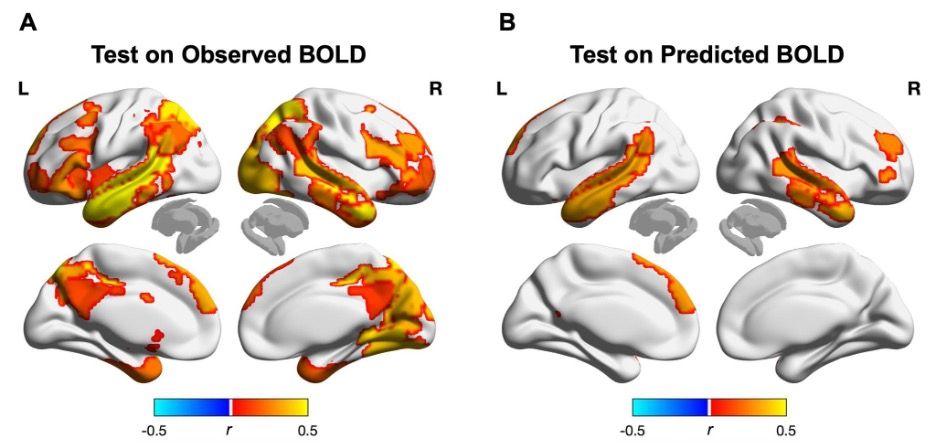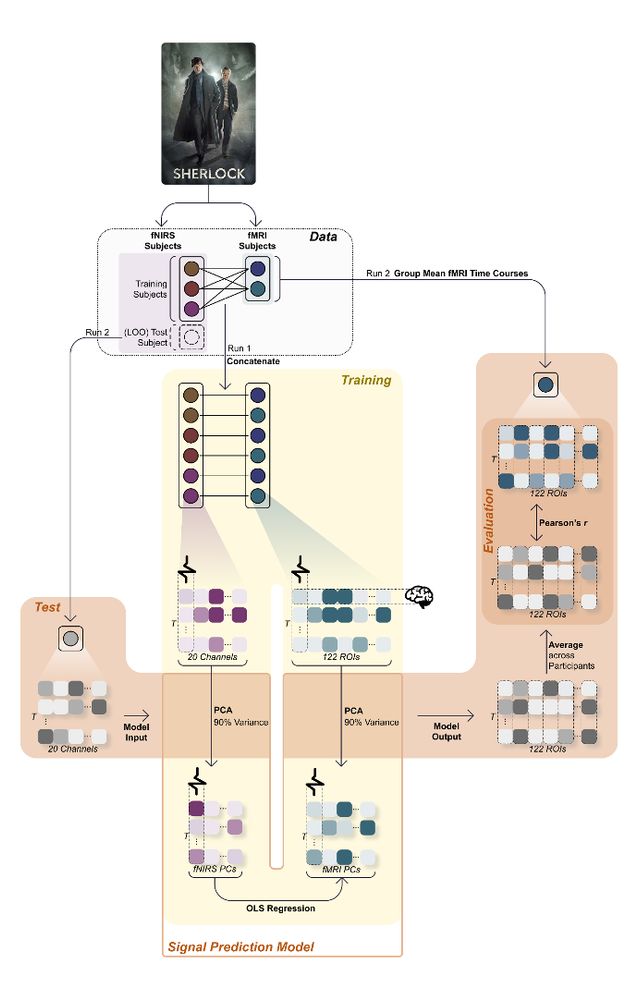Shan Gao | 高珊
@shangao.bsky.social
84 followers
35 following
20 posts
PhD student @UChicago studying world models in brain and machine, during online processing and across cultural evolution.
shaangao.github.io
Posts
Media
Videos
Starter Packs
Shan Gao | 高珊
@shangao.bsky.social
· May 7
Shan Gao | 高珊
@shangao.bsky.social
· May 7
Shan Gao | 高珊
@shangao.bsky.social
· May 7
Shan Gao | 高珊
@shangao.bsky.social
· May 7
Shan Gao | 高珊
@shangao.bsky.social
· May 7

Predicting whole-brain neural dynamics from prefrontal cortex fNIRS signal during movie-watching
Abstract. Functional near-infrared spectroscopy (fNIRS) offers a portable, cost-effective alternative to functional magnetic resonance imaging (fMRI) for n
academic.oup.com
Shan Gao | 高珊
@shangao.bsky.social
· Nov 21
Shan Gao | 高珊
@shangao.bsky.social
· Nov 21
Shan Gao | 高珊
@shangao.bsky.social
· Nov 21
Shan Gao | 高珊
@shangao.bsky.social
· Nov 21

Predicting whole-brain neural dynamics from prefrontal cortex fNIRS signal during movie-watching
Functional near-infrared spectroscopy (fNIRS) offers a portable, cost-effective alternative to functional magnetic resonance imaging (fMRI) for non-invasively measuring neural activity. However, fNIRS...
www.biorxiv.org
Reposted by Shan Gao | 高珊












